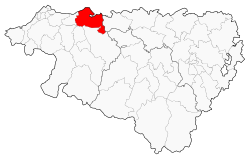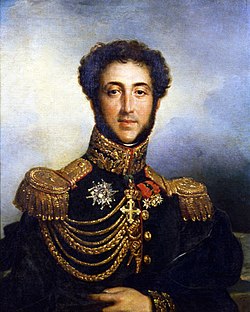
Lower Navarre is a traditional region of the present-day French département of Pyrénées-Atlantiques. It corresponds to the northernmost merindad of the Kingdom of Navarre during the Middle Ages. After the Spanish conquest of Iberian Navarre (1512–24), this merindad was restored to the rule of the native king, Henry II. Its capitals were Saint-Jean-Pied-de-Port and Saint-Palais. In the extreme north there was the little sovereign Principality of Bidache, with an area of 1,284 km2 (496 sq mi) and a decreasing population of 44,450, 25,356.
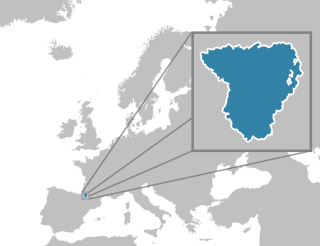
Béarn is one of the traditional provinces of France, located in the Pyrenees mountains and in the plain at their feet, in Southwestern France. Along with the three Basque provinces of Soule, Lower Navarre and Labourd, the Principality of Bidache, as well as small parts of Gascony, it forms the current Pyrénées-Atlantiques department. The capitals of Béarn were successively Beneharnum, Morlaàs, Orthez and then Pau.

Philibert, Count de Gramont (1621–1707), was a French courtier and soldier, known as the protagonist of the Mémoires written by Anthony Hamilton. He was a younger half-brother of Antoine III of Gramont and uncle of Catherine Charlotte de Gramont, princess of Monaco.

John III was jure uxoris King of Navarre from 1484 until his death, as husband and co-ruler of Queen Catherine.
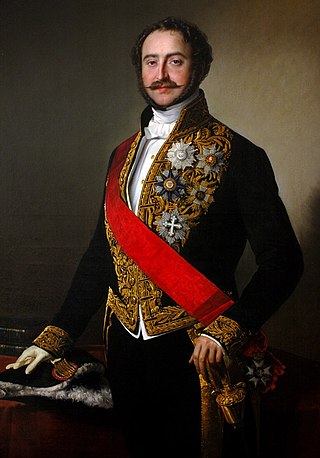
Agénor de Gramont, 10th Duke of Gramont was a French diplomat and statesman who also had the title Prince of Bidache.

The House of Gramont is the name of an old French noble family, whose name is connected to the castle of Gramont Basque province of Lower Navarre, France.

Bardos is a commune in the Pyrénées-Atlantiques department in the Nouvelle-Aquitaine region of south-western France. It is part of the former Basque province of Labourd.

Bidache is a town and commune in the Pyrénées-Atlantiques department of south western France. Between 1570 and 1793 it was the centre of the sovereign Principality of Bidache.
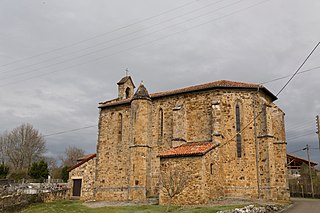
Arancou is a commune in the Pyrénées-Atlantiques department in southwestern France.

Sames is a commune in the Pyrénées-Atlantiques department in southwestern France. It is considered part of the Basque Country province of Lower Navarre.
The title of Duke of Gramont is a French dukedom and former peerage. It was created in 1648 for French Marshal Antoine III de Gramont.

Antoine de Gramont, 2nd Duke of Gramont,comte de Guiche,comte de Gramont,comte de Louvigny,Souverain de Bidache was a French military commander and diplomat. He served as Marshal of France from 1641, Viceroy of Navarre and Béarn, and Governor of Bayonne.

The Viscounty, later Principalityof Béarn, was a medieval lordship in the far south of France, part of the Duchy of Gascony from the late ninth century. In 1347, the viscount declared Béarn an independent principality without feudal obligations. It later entered a personal union with the Kingdom of Navarre in 1479 and with France in 1589. In 1620, the prince formally incorporated Béarn as a province of France.
The precise style of French sovereigns varied over the years. Currently, there is no French sovereign; three distinct traditions exist, each claiming different forms of title.
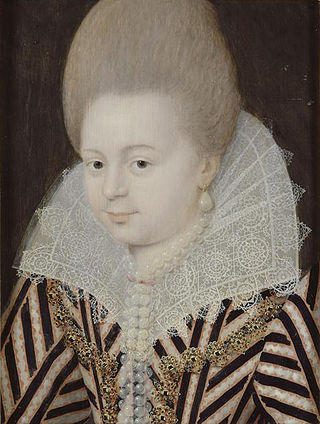
Diane d'Andoins or d'Andouins was born in Hagetmau in the fall of 1554, and died there in February 1621. The Countess of Guiche, and called "the beautiful Corisande", she was known for having been a royal mistress of King Henri III of Navarre between 1582 and 1591.

Antoine Louis Marie de Gramont, 8th Duke of Gramont, was a French military officer, diplomat and parliamentarian.
The end of Basque home rule or foruak/fors, the native institutional and legal system, took place during the French revolutionary period (1789-1795). The final violent dissolution of the semi-autonomous Basque institutional and legal system was coupled with the arrival of French troops to the Basque Country within the War of the Pyrenees and a deliberate terror on the Basque population centred in Labourd.
Gramont, Grammont, Grandmont, or variation, may refer to:

Antoine I d'Aure de Gramont, viscount of Aure, count of Guiche, sovereign-lord of Bidache was a French courtier and general. He served as gentleman in ordinary to the king's chamber from 1559 to 1564, serving Henry II, Francis II and Charles IX in that role.

Antoine de Gramont, 1st Duke of Gramont (1572–1644) was a member of minor French nobility by birth. Created the 1st Duke of Gramont in 1643 by King Louis XIV, he was automatically a Peer. His granddaughter Catherine Charlotte de Gramont married Louis I, Prince of Monaco, making Antoine a direct ancestor of the present reigning Albert II of Monaco. Though created the 1st Duke of Gramont, the creation of the title was not officially registered in Parliament before his death, so his son had to petition for the dukedom to be recognised. His mother had been royal mistress of King Henri III of Navarre between 1582 and 1591.
